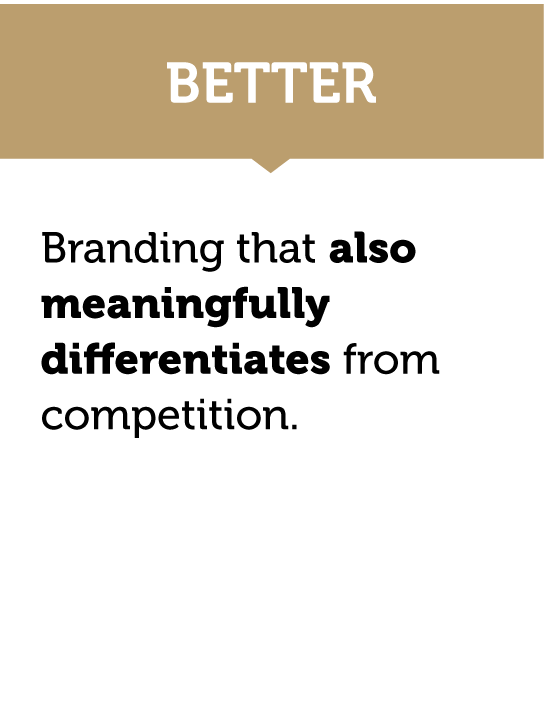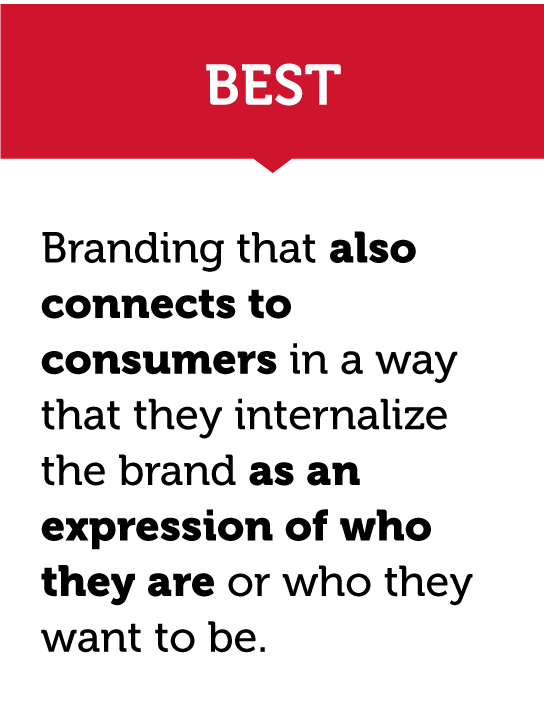Consumer identity: What do brands say about you?
What brings someone to tattoo a brand logo on their body? The basic role of branding is to create a clear system defining what the brand stands for in people’s minds. When you see a logo or hear a brand name, specific associations will likely come to mind. For example, hear “Nike” and you might think of athletic performance.
If carefully managed, branding will help differentiate from competitors in a meaningful way. BMW’s associations as the ultimate driving machine differentiate the brand in terms of drivability and handling, meaningful attributes for car buyers.
But at its best, the values and ideals of a brand will be perceived by the consumer to be aligned with their own so much so that the brand comes to represent their own identity and sense of self, and their self represents the brand. This is sometimes called identity loyalty, and research suggests this can have powerful effects.1,2
Anyone who has heard devoted iPhone users debate Android users on which phone is better will recognize this effect. Such a discussion usually ends with one person saying something like “You wouldn’t understand—it’s an Apple thing.”
Best in branding: The brand as an extension of the self



As brands foster identity loyalty, consumers often respond in specific ways. They voluntarily and willingly become brand ambassadors. The brand has become part of who they are. They will publicly serve as staunch defenders and advocates for the brand and its products. These customers will also often knowingly pay more for the brand than for other, more affordable competitors.
Consumers with strong identity loyalty have very high switching costs; to leave the brand would be to abandon their own beliefs. But if a brand does something to misalign its brand identity with the identity of its consumers, the results can be disastrous. See, for example, the outcry from Lands’ End consumers when the company sent a copy of GQ magazine with a scantily clad cover model as a free gift to its most valued customers. As one consumer wrote: “I am appalled that Lands’ End—which I have always thought of as a wholesome, family-oriented company—would be the one to expose my son to pornography!”3
Brands can build emotional attachments with customers by establishing a clear sense of the brand narrative and ensuring that this narrative reaches the target audience and connects to their values through positive associations, authenticity and consistency. Ultimately, the customer is no longer only a consumer but an advocate and evangelist, acting as its most fervent defender in person, online and even on the body, often paying a premium for what they see as an extension of themselves.
As you consider your marketing strategy going forward, how will you make your brand an extension of your consumer’s identity?
Selected sources:
- Ferraro, Rosellina, Amna Kirmani and Ted Matherly (2013), “Look at Me! Look at Me! Conspicuous Brand Usage, Self‐Brand Connection, and Dilution” Journal of Marketing Research
- Park, Ji Kyung and Deborah Roedder John (2010), “Got to Get You into My Life: Do Brand Personalities Rub Off on Consumers?” Journal of Consumer Research
- NYTimes (Aug 2014), “Gift of GQ Magazine Prompts Outcry From Lands’ End Customers”
